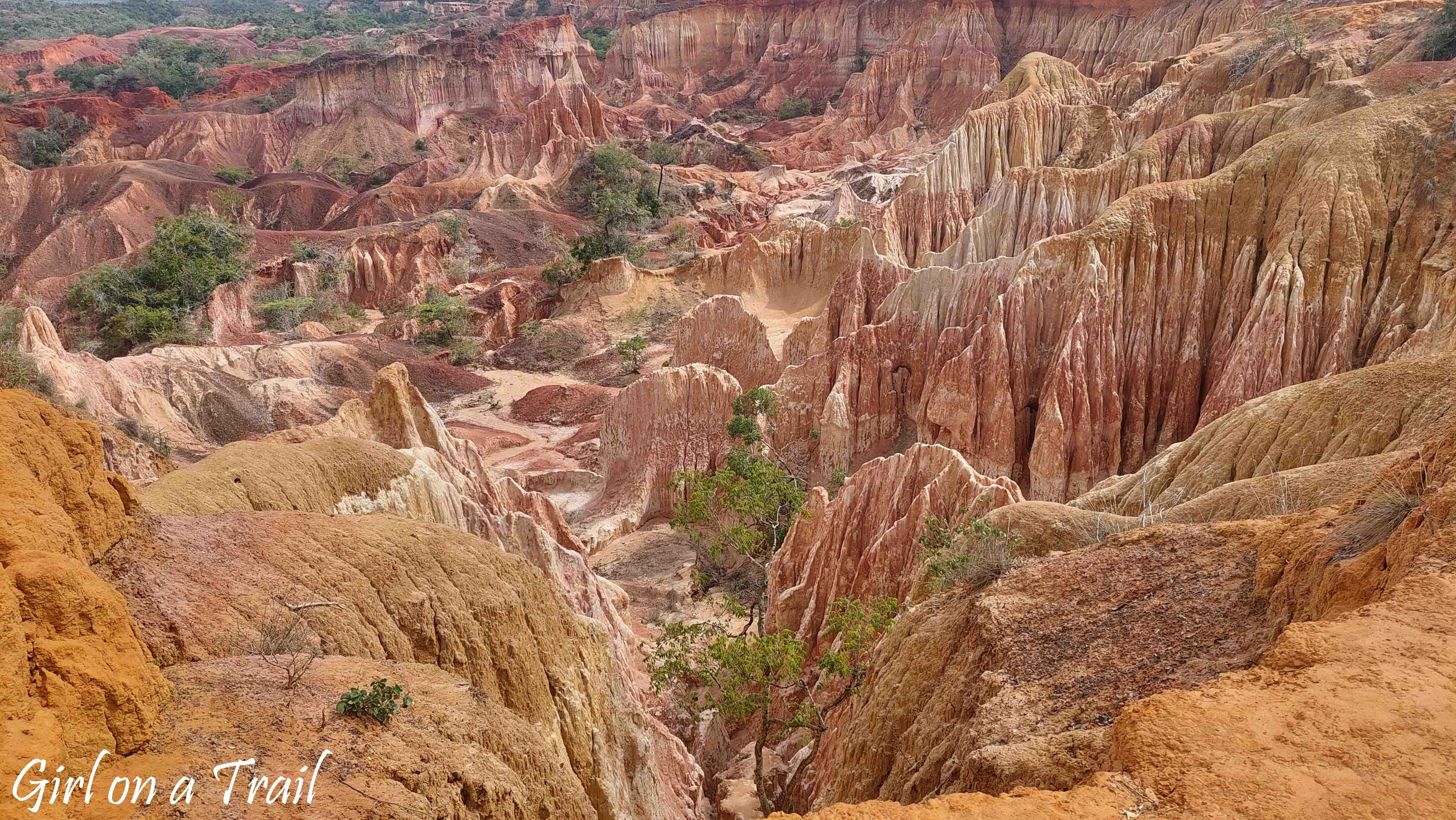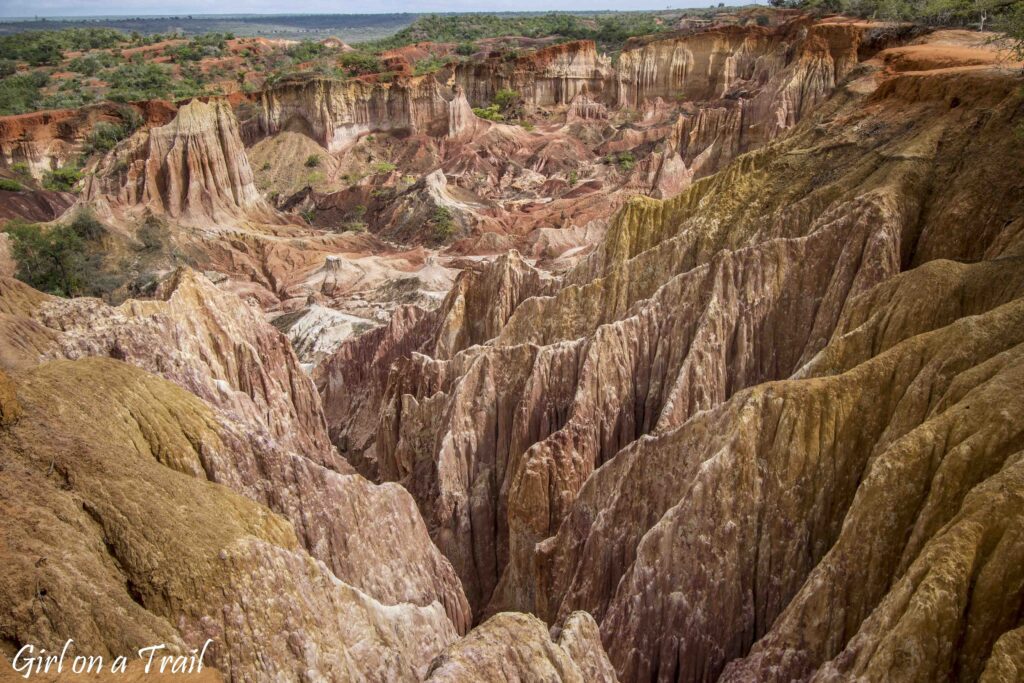Marafa, also known as Hell’s Kitchen, is one of the most intriguing attractions on Kenya’s coast. Just a 40-minute drive from the tourist resort of Malindi will transport you to a completely different, surreal reality. Hell’s Kitchen is a canyon that surprises with fascinating rock formations, resembling the Grand Canyon in the USA or Cappadocia in Turkey. Moreover, this place is aptly named Hell’s Kitchen – during the day, temperatures here can reach up to 50°C.
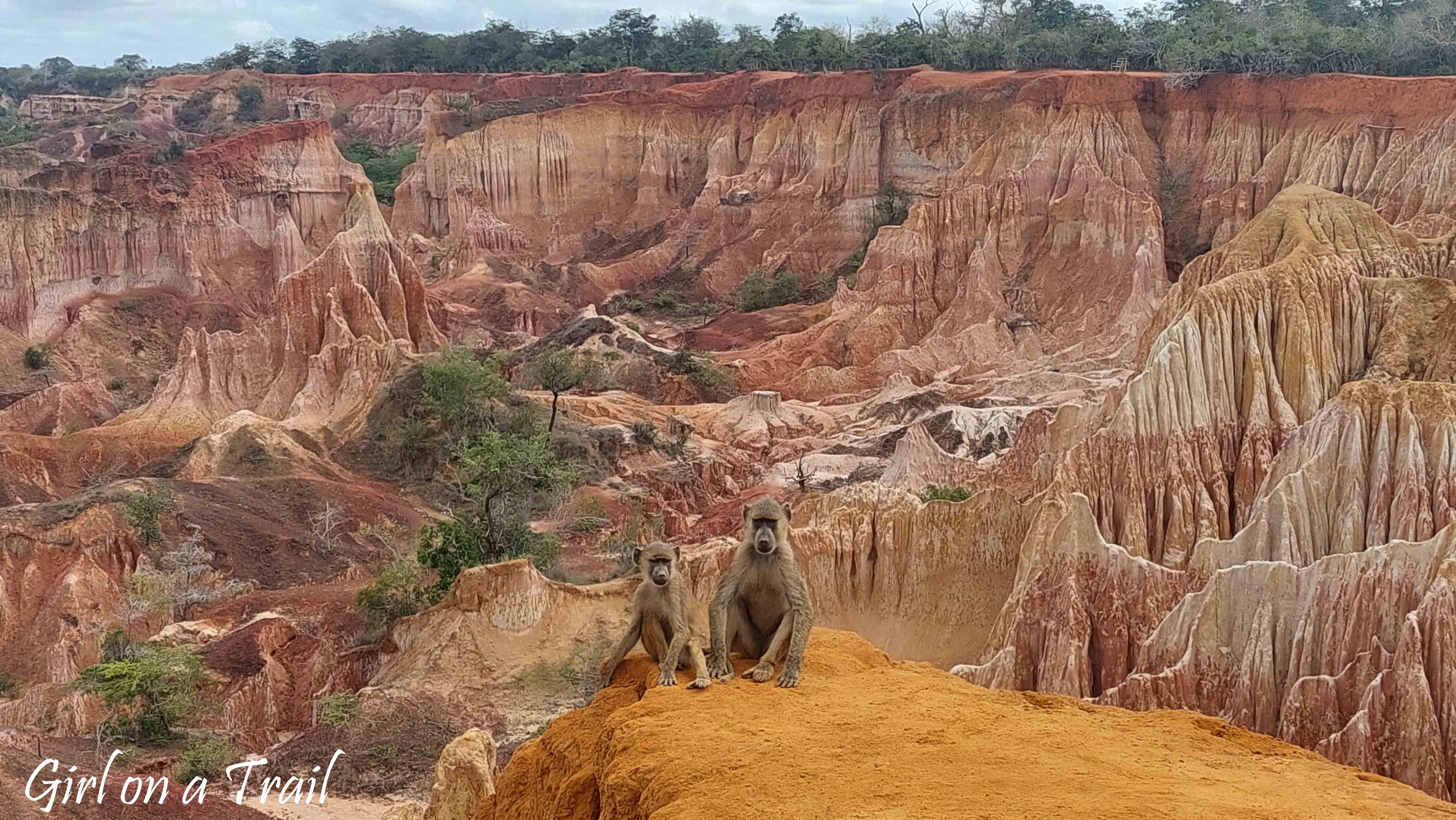
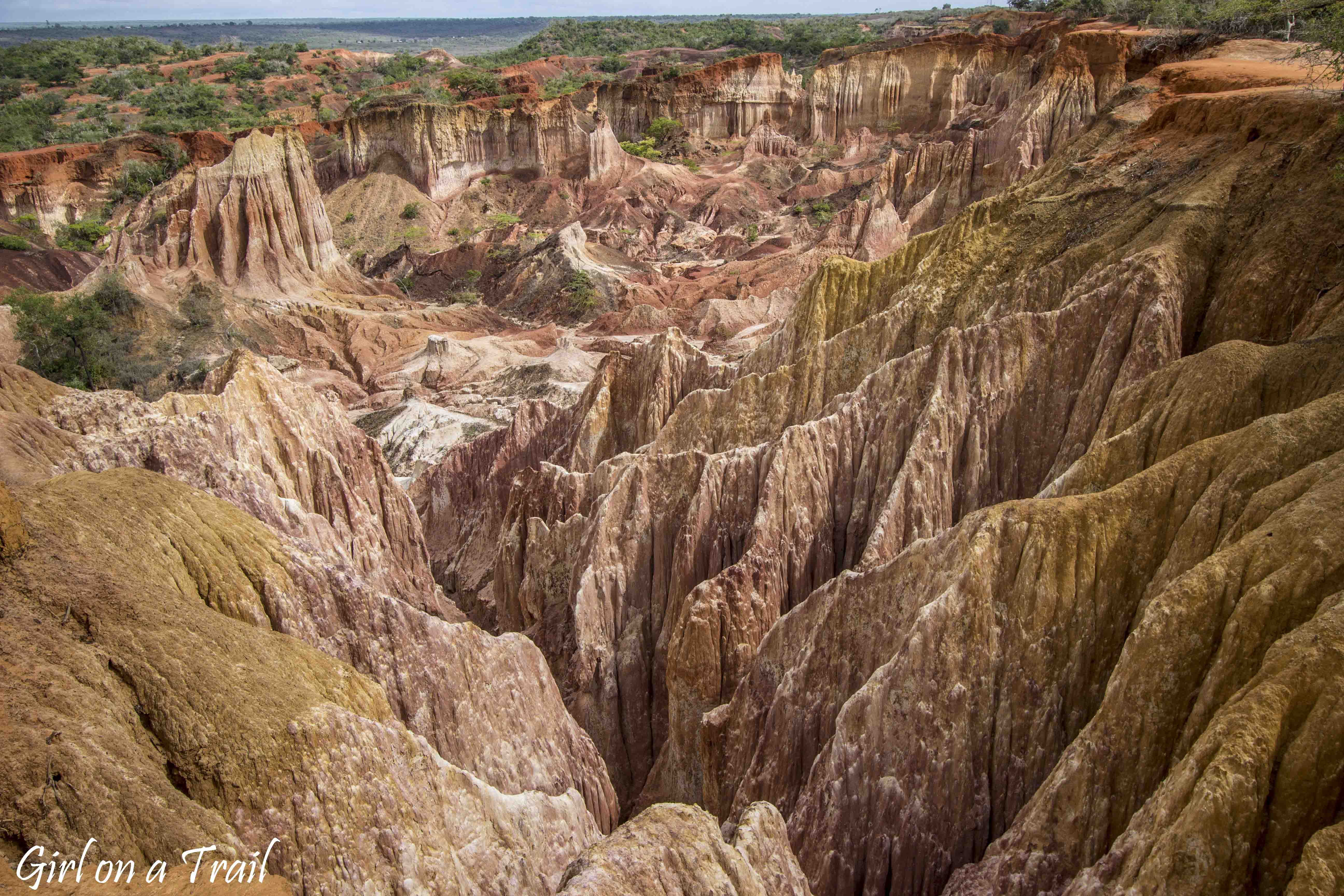
According to local legend, Marafa is called “Nyari,” which translates as “the place broken by itself.” It was created as a result of the gods’ revenge on a wealthy family. This family owned a large herd of livestock and, wanting to distinguish themselves from the rest of society, began bathing in milk, refusing to help the poor. The family’s arrogance angered the gods, who sent an earthquake to destroy all their possessions.
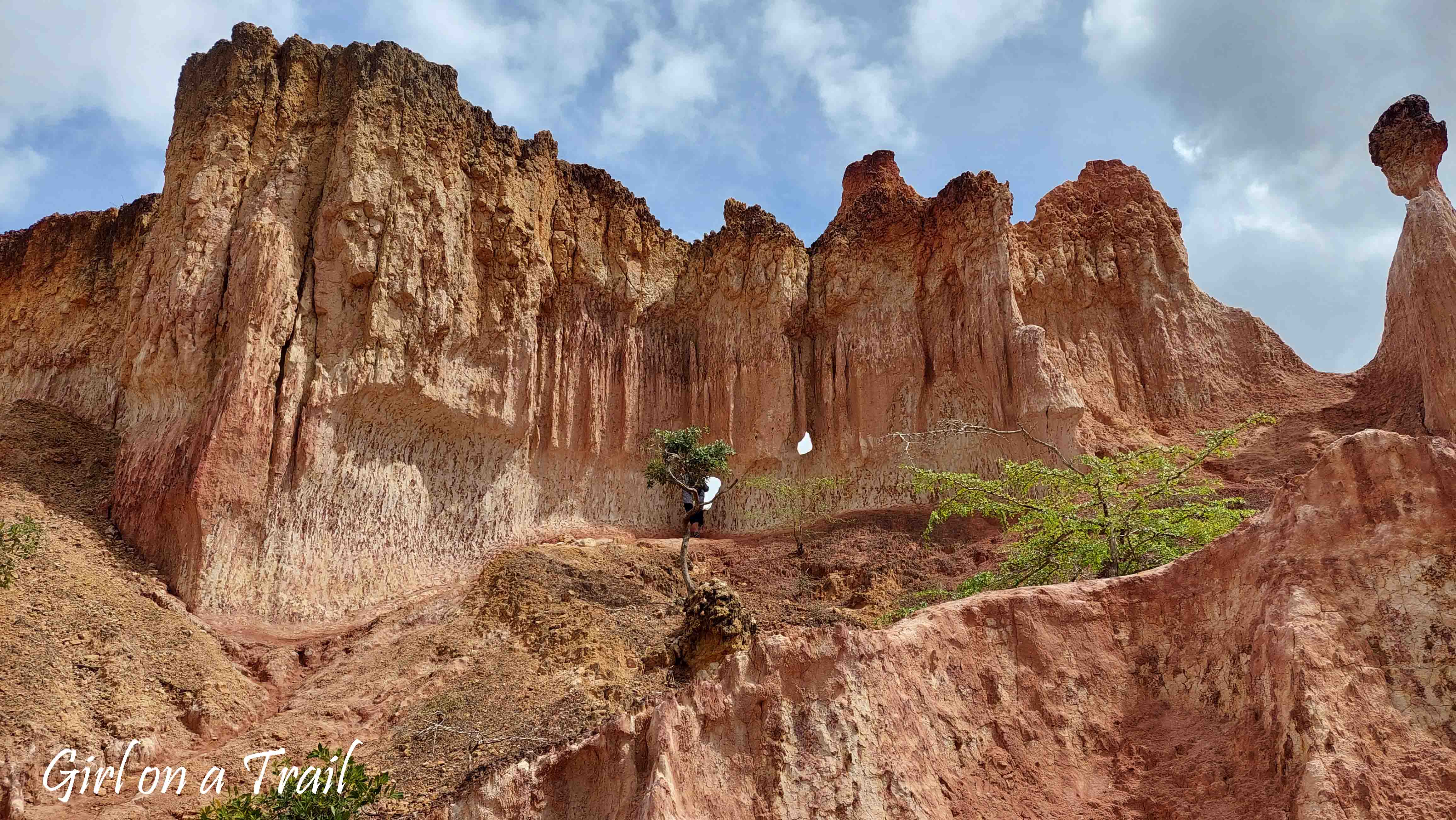
A reminder of this event is the canyon’s white walls, symbolizing milk, and the red walls, representing the blood of the family swallowed by the earth. For those who prefer more scientific explanations, Marafa is simply part of a sandstone formation that is more susceptible to erosion than the surrounding rocks, explaining the incredible formations reaching up to 30 meters high. The colours of the rocks depend on the minerals that form them: calcium gives them a white hue, iron a red one, and sulfur a yellow tone.
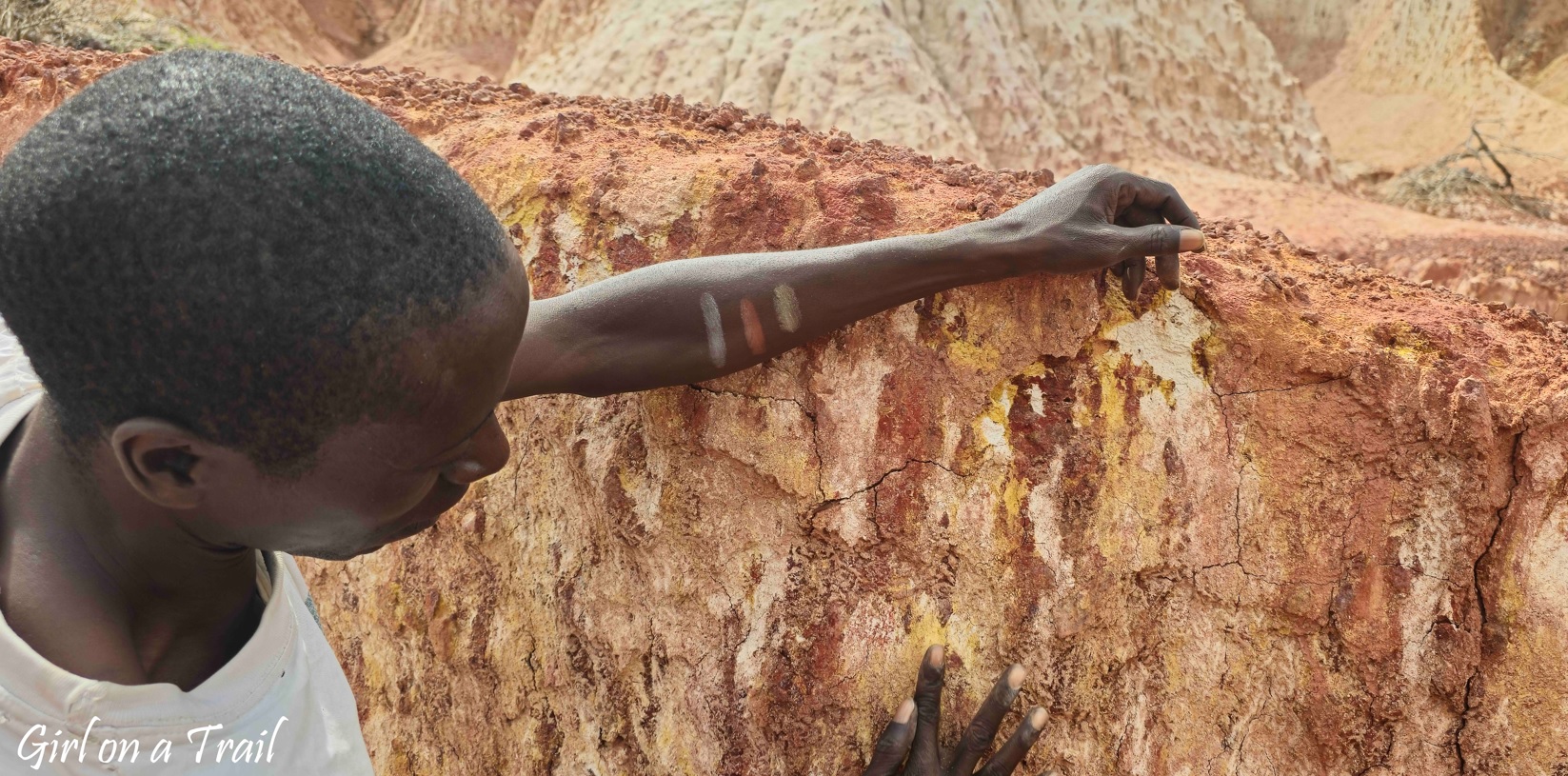
This extraordinary palette of colors becomes particularly intense at sunset when the rocks take on deep reds and golden tones.
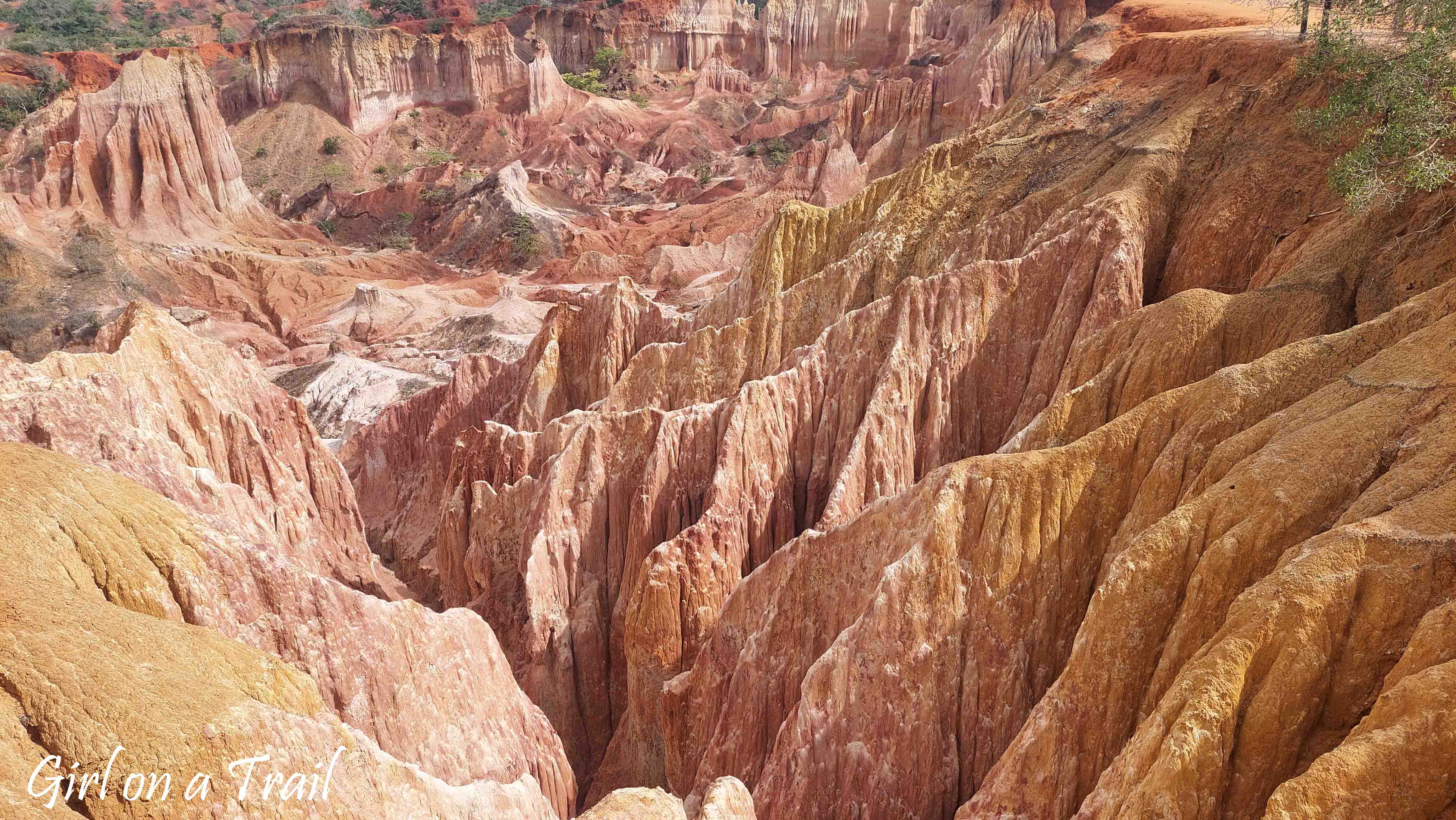
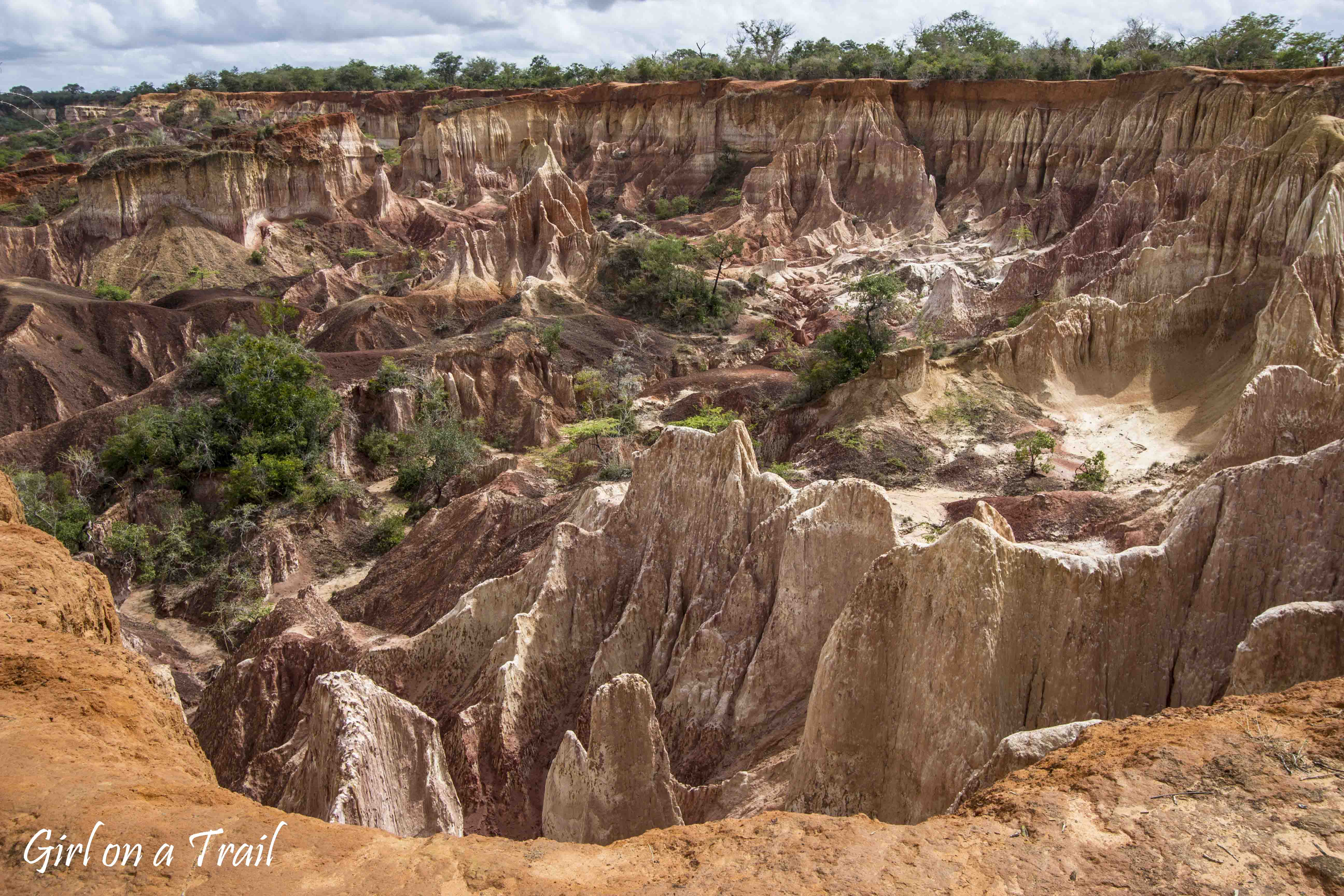
Exploring Hell’s Kitchen
It is recommended to explore the Marafa Canyon with a guide, who will lead you through the labyrinthine paths and share stories about the legends and geological processes that shaped this unique landscape. The cost of hiring a guide is about 500 KES for the entire group, and the entrance fee for foreigners is 1000 KES.
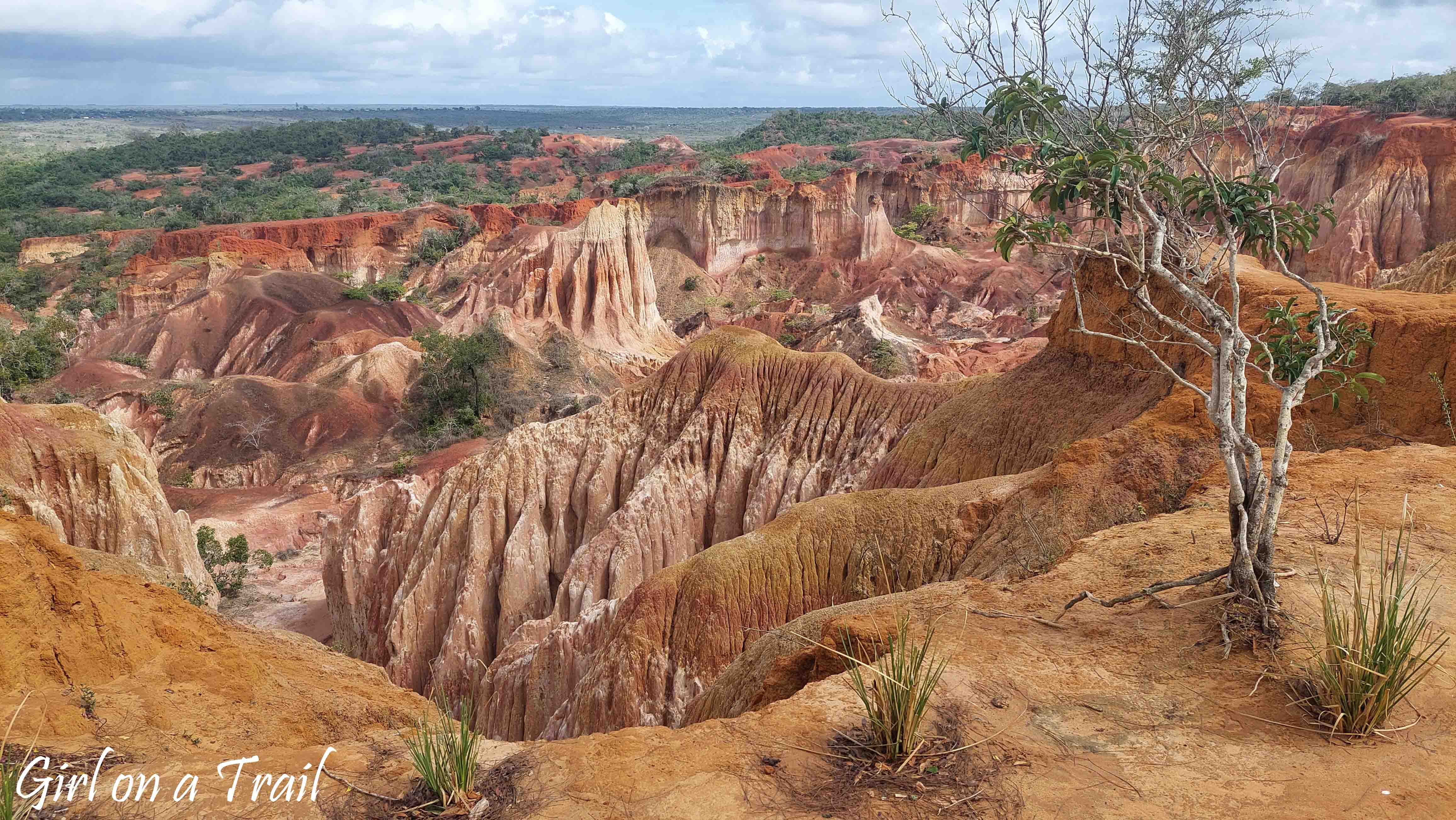
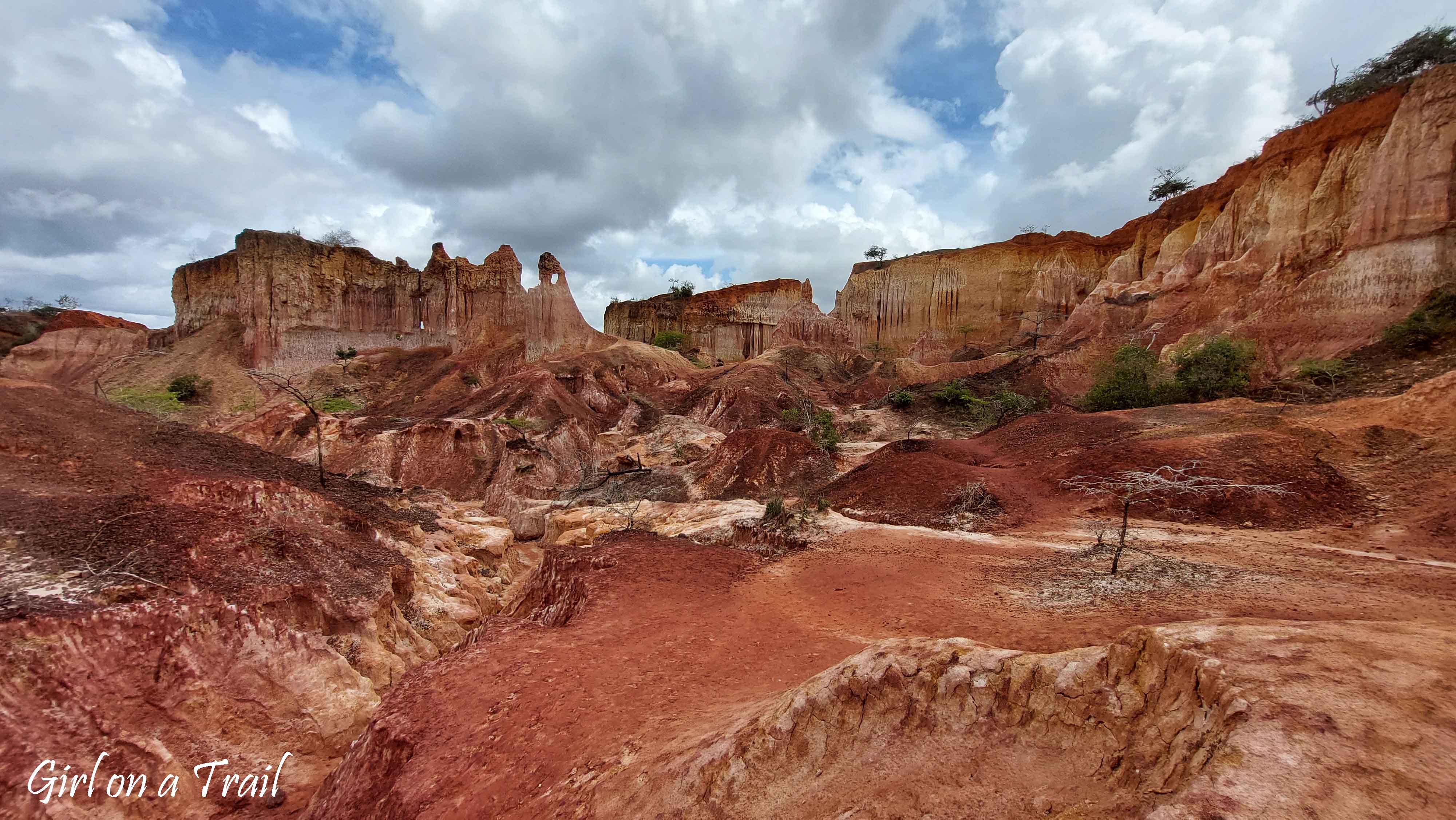
In recent years, due to climate change, erosion in this area has accelerated, forcing management to repeatedly change viewpoints and paths to ensure safety.

